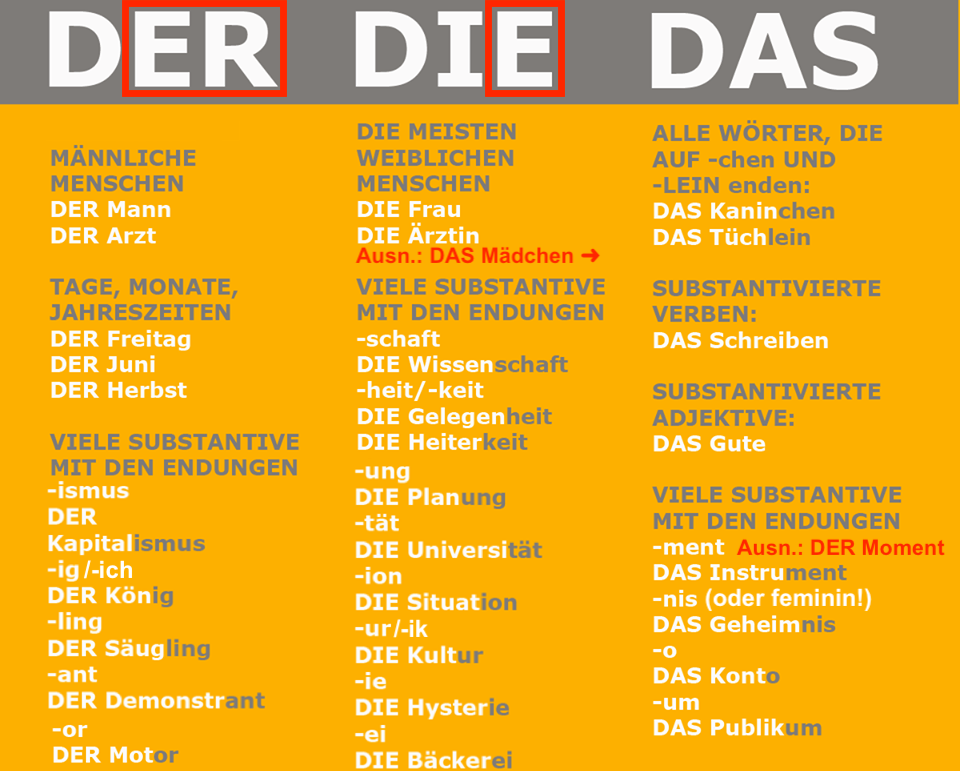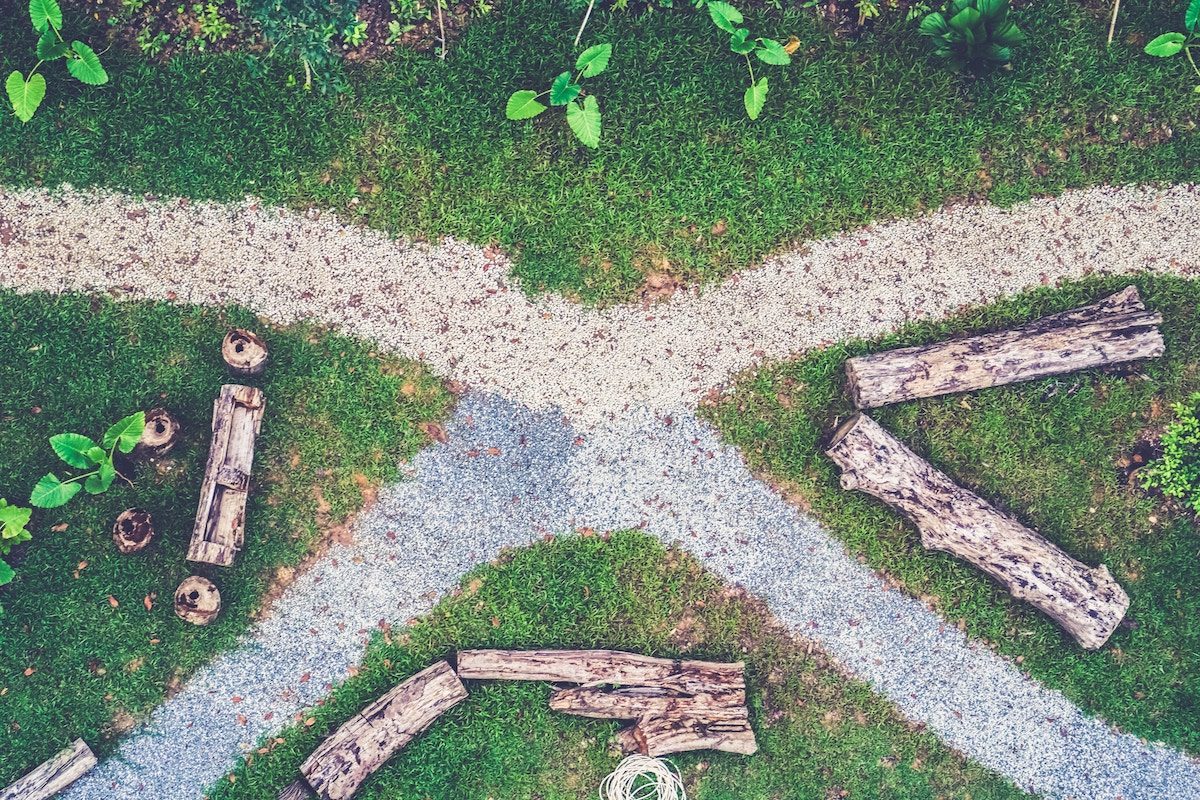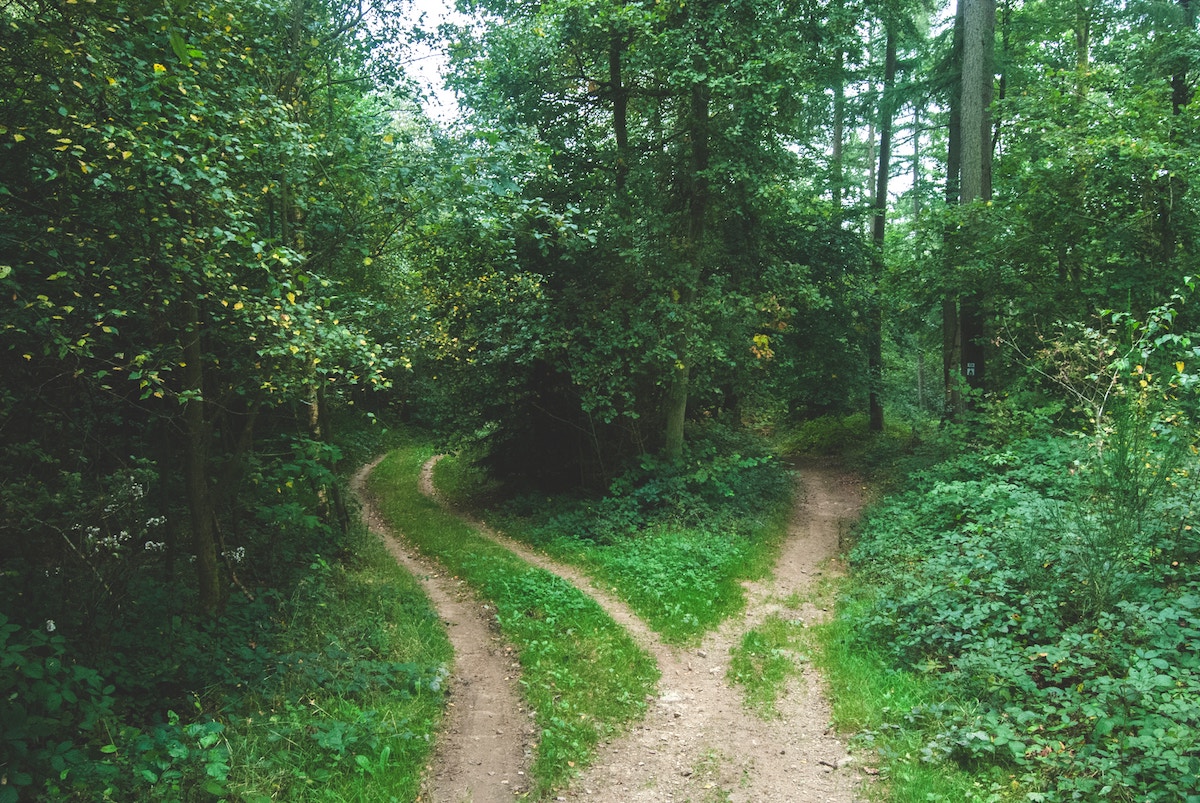The issue about what German article must you use continues…
It’s not simple, I know. But there are some tricks you can use.
In this post I’ll show you how you can recognize the article of a noun depending on its ending -and memorize most of them- or on its meaning.
By the ending of a noun
- der: ig, ling, or, ismus; and nouns derived from verbs without ending (e.g. Gang [>gehen], Schluss [>schließen], Satz [>setzen], Zug [>ziehen])
- die: heit, ung, keit, ei, schaft, ion, ie, tät, ik, -ur, -nz, -a (many), -t (many)
- das: tum, chen, ma, ment, um, lein (except der Moment, Zement), -o(n), -ier, -ing, -ett, -et, -nis (many); and nouns beginning with Ge- (exc. die Geschichte; der Geruch, Geschmack, Gebrauch, Gedanke)
In the following image you can see an excellent idea I found on this page: mnemonics made up of the most typical endings for each article (written in bold above).

By the meaning of a noun
- der: seasons, daytimes (exc. die Nacht⇧), weekdays, months, cardinal directions, weather phenomena, car labels, alcoholic drinks (exc. das Bier⇧), names of rivers outside Europe, mountains, minerals, stones, currencies (exc. das Pfund)
- die: motorbike labels, aeroplanes, ships, cardinal numbers, plants (exc. der Baum, der Strauch, der Kaktus, das Gras), tree species, fruits (exc. der Apfel, der Pfirsich)
- das:
- babies and small humans or animals (exc. die Welpe⇧)
- international words: Hotel, Problem, Restaurant, Café, Portmonee
- nominalized infinitives, adjectives, pronouns, colors, grammatical terms
- chemical elements (exc. der Sauerstoff), metals (exc. der Stahl), materials, fractional numbers, letters
- countries (exc. die Türkei⇧, die Schweiz; der Irak, der Iran, der Jemen, der Libanon, die Niederlande, die USA), cities, islands, continents
In the following picture, you see the most important rules for which German article you have to use (endings and meanings).



